Personal care represents a wide gamut of the consumer packaged goods market, with products ranging from diapers and soaps to high-end beauty products. Consequently, it’s difficult to generalize about the packaging that must fulfill demands for such a wide range of products. When it comes to personal care packaging, from the consumer’s point of view, “It’s all about me.”
Consumers are spending more because they want to look better and feel better. Rebecca Vara, vice president of personal products at Berry Global (berryglobal.com), attributes some of these consumer attitudes to the rise of the smart phones and the “ever-increasing selfie lifestyle, where consumers want to look their best in front of the camera all the time.”
The increasing purchasing power of consumers is a major factor in development of personal care products, and the advances in packaging appeal to buyers who want indulge themselves. From delicate skincare to men’s grooming, consumers constantly change the way they interact with personal care products. Marketers must constantly adapt packaging to users’ needs while at the same time creating an image that stands out on the retail shelf.
SECTOR INCLUDES WIDE PRODUCT ARRAY
Personal care packaging includes a range of products such as skin care, cosmetics, fragrances, and bath and shower products. The packaging can utilize bottles, cans, cases, pouches, tubes, bags and jars. They are made of various materials such as plastic, glass, aluminum, paperboard or other metals. That’s why personal care packaging can run from low-cost pouches and plastic bottles to luxurious glass containers with metallic or pearlescent effects, as well dispensers that deliver precise amounts or a fine mist.
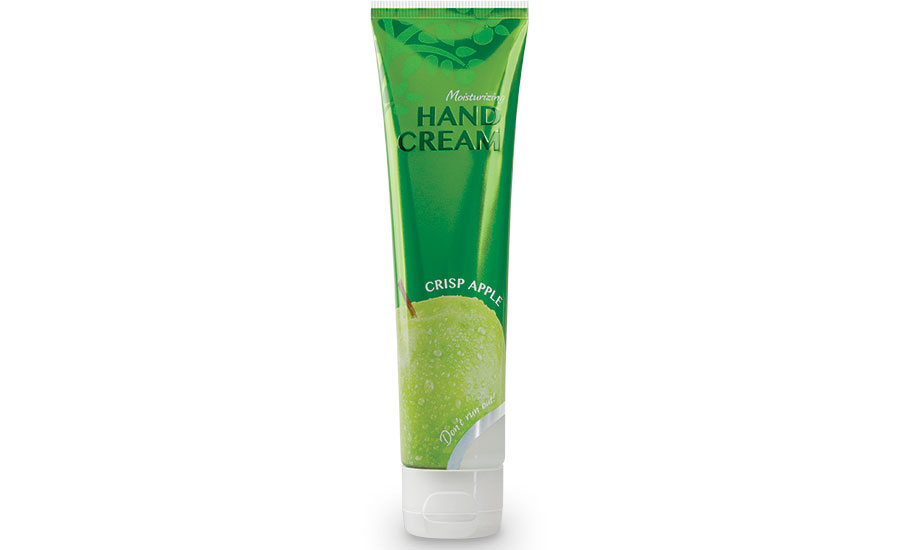
Advances in packaging technologies include designs such as pumps, sprays, sticks, pen type and roller balls also boost the growth of personal care packaging market. Various studies peg the global market for personal care packaging between $32-34 billion, with a steady growth of about 4.8 to 5.4 percent annually. Much of that growth is occurring where consumer buying power is growing rapidly in regions such as Asia, where people are starting to indulge themselves with purchases of beauty products. Meanwhile, Euromonitor
(euromonitor.com) reported in 2017 that beauty and personal care packaging saw only 1 percent volume growth in the United States.
Certain segments saw substantially higher growth, according to Dan Kearny, sales director for Amcor’s (amcor.com) personal care products. For instance, he says, small packages for sampling or take-along products are seeing about 5 percent annual growth. Vara also noted that trend in tubes from 0.5 oz. to 3 oz. sizes, attributing it to consumers’ desire to try a product before they buy
at a higher price point.
Small packages are just one of a number of trends being seen in personal care packaging. Some of these include: convenience, sustainability, men’s grooming, e-commerce and experiential packaging.
CONSUMERS CARE ABOUT SUSTAINABILITY
Sustainability is becoming more important to consumers in the personal care sector, says Vara. “You can see that in response of major marketers in their sustainability objectives. L’Oreal, P&G, Unilever. Esteé Lauder and many, many others have announced very aggressive objectives around packaging sustainability because their consumers demand it. As customers become more educated, they want to know the products they choose to make them feel good and beautiful would also be good choices for the environment.”
Consequently, brand owners are focusing on packaging that uses more natural ingredients and recycled materials. Kearny adds that consumers are actively seeking out signs on packaging that show the manufacturer has an environmental conscience. Understanding how this commitment to sustainability can be communicated on packaging is increasingly key to attracting consumers.
Many consumers equate packaging sustainability with the use of recycled content. In response, manufacturers are increasing their use of post-consumer recycled (PCR) content, especially in plastics for both rigid and flexible applications. Kearny says Amcor has launched pouches that utilize 23 percent PCR in a single-resin structure that can be recycled in curbside programs.
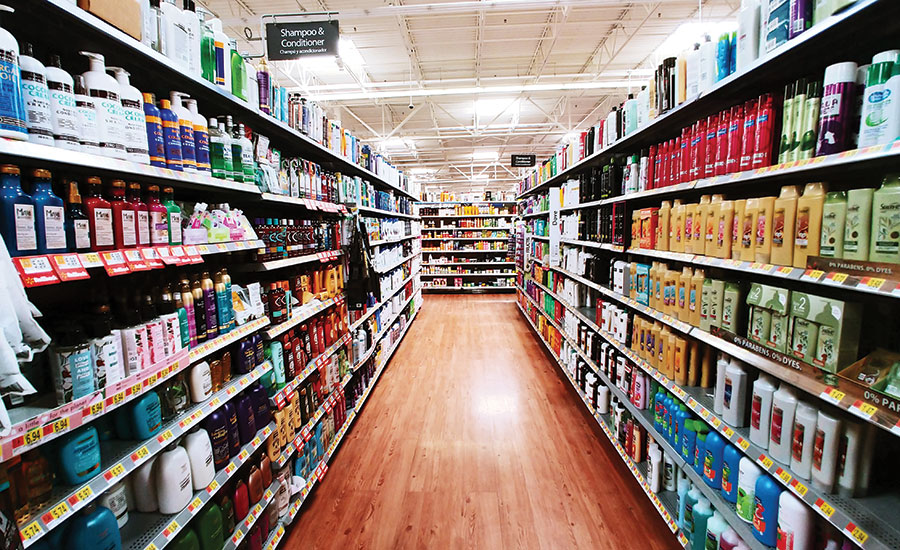
On the rigid container side, Vara says there is strong demand for personal care packaging using recycled content. Berry Global is pushing the envelope with recycled PET on bottles and tubes as well as 100 percent PCR closures on tubes.
“Everyone wants to know how they can use PCR,” Vara says, “but it is equally important for them to know there is not currently enough PCR in the recycle stream to meet all the demand. US consumers don’t recycle at a particularly high rate, so demand is high but availability is low.”
More cosmetic companies are exploring the use of bioplastic packaging, while advances in glass packaging have helped reduce the weight of glass bottles weight by as much as 50 percent.
EASE OF USE ADDS APPEAL
Packaging that offers ease of use is likely to gain favor as busy consumers deal with hectic lifestyles. Easier-to-open caps, spray dispensers, portion control devices and ergonomic containers are all innovations which are responding to a consumer’s desire for convenience.
Dispensing systems are a key method to differentiate brands while adding value to the product. A number of packaging companies are introducing products with dispensing applicators that apply formulas to the face or other target area, including items such as sponges, brushes and roll-ons.
One of the prime convenience features is recloseable packaging. Because of the nature of some personal care products’ ingredients, child-resistant opening and closing are becoming a necessary addition for protection. Meanwhile, Kearny notes that one closure feature gaining increasing attention is hook-and-loop for easy opening and closing of dry products.
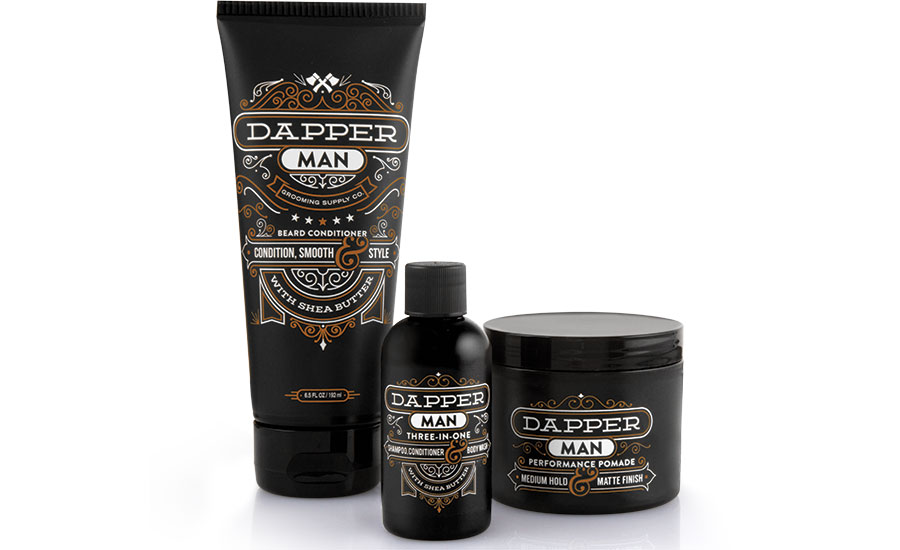
While many liquid products in the mass market are packaged in rigid plastic containers, there is a growing move toward the use of flexible packaging. Kearny points to Method soap product, which gained market acceptance by putting its soaps in durable and clear bottles with sleek shapes and integrated pumps. Method than began providing product refills in pouches that can be used to fill the bottles, reducing material usage and costs.
Kearny, who has worked extensively outside the U.S., says that flexible packaging is prevalent in many countries for personal care packaging. As the world becomes increasingly globalized, he says, many immigrants to the U.S. look for these products in the same type of flexible packaging they saw in their home countries.
FACTORING IN E-COMMERCE
E-commerce is another factor contributing to the growing usage of flexible packaging with personal care products. Rigid plastic and glass containers can have a higher rate of breakage during shipment, so pouches are becoming more popular because they are less likely to burst. In addition, many products sold via e-commerce do not have to be displayed on retail shelves. Flexible packaging will disrupt a lot of rigid structures and drive many refill applications. He points to the laundry aisle as an example, where flexible packaging now accounts for more than 20 percent of the packaging.
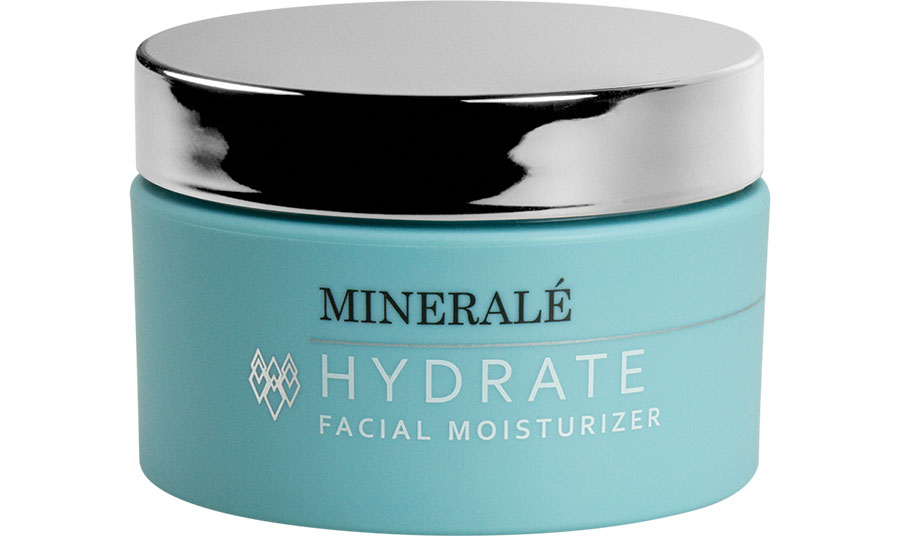
Studies also show the growing popularity of male grooming, particularly in emerging markets, is increasing the global demand for male hair care and facial skin care products. Shaving, aftershave and antiperspirants are traditional male-market products now being supplemented with skin and hair care products. A Smithers Pira (smitherspira.com) report attributes these developments to men’s desire to proclaim one’s professional status or differentiate oneself from the crowd.
In this market, branding holds significant value, and men tend to look for established brands. Many brands use darker colors in their packaging, specifically black and gray with metallized decoration. This packaging is often designed to increase brand awareness and loyalty. For instance, Unilever’s Axe brand of men’s products this year launched a new grooming line for men, Axe Gold, which includes three collections: Gold, Gold Fresh and Gold Original. Products include shampoo, body wash and deodorant. The line’s packaging keeps the familiar Axe logo but the containers have new shapes with gold decoration.
Making the product stand out on the retail shelves is always a challenge for brand owners. As you walk down the personal care aisles in any store, you can see a wide variety of packaging shapes and colors. Even in mass-produced products, brands try give their products a premium look, says Vara.
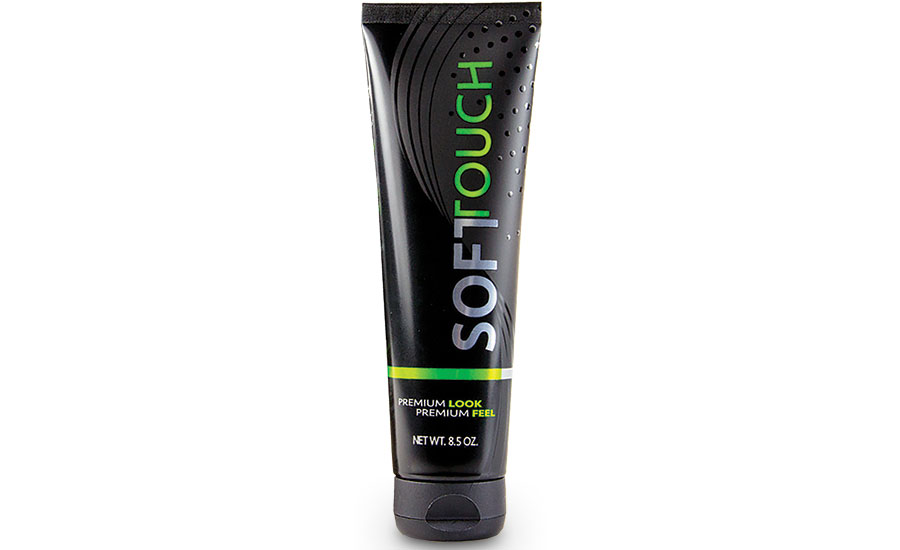
Metallizing is on trend, and you will see a lot of gold and silver looks on packaging. However, Vara says, packaging is likely to transition into a new trend using clear and natural materials with more simplified decorating. “Simple is a mode of choice to convey premiumization,” she says. The push for clear packaging will use materials such as PET or clarified polypropylene, which she says conveys a perception of transparency and honesty.
“Tactile decorating will become more important as consumer want to experience the product with all their senses,” Vara adds. “For us that means soft-touch, embossing and silk screens so the consumer can really feel the decoration and the superiority of the packaging.”


